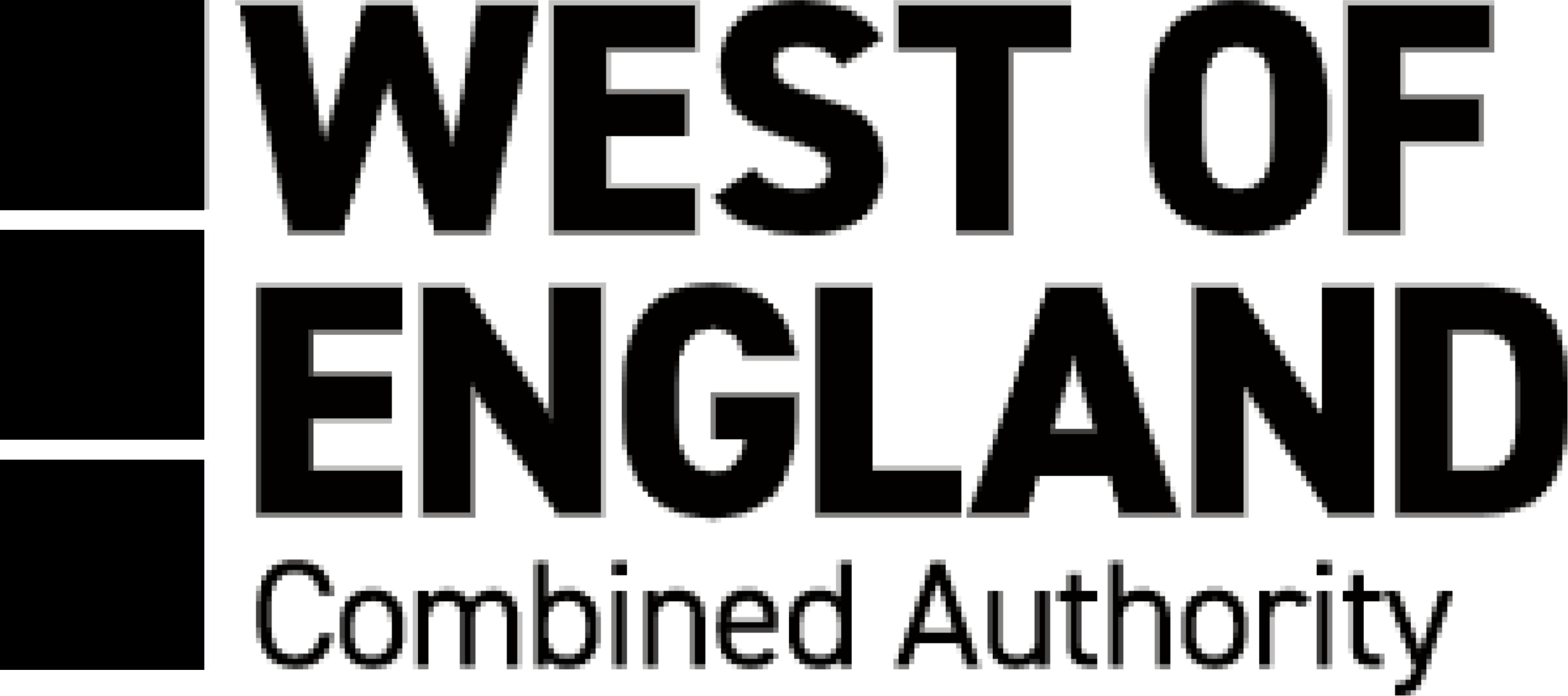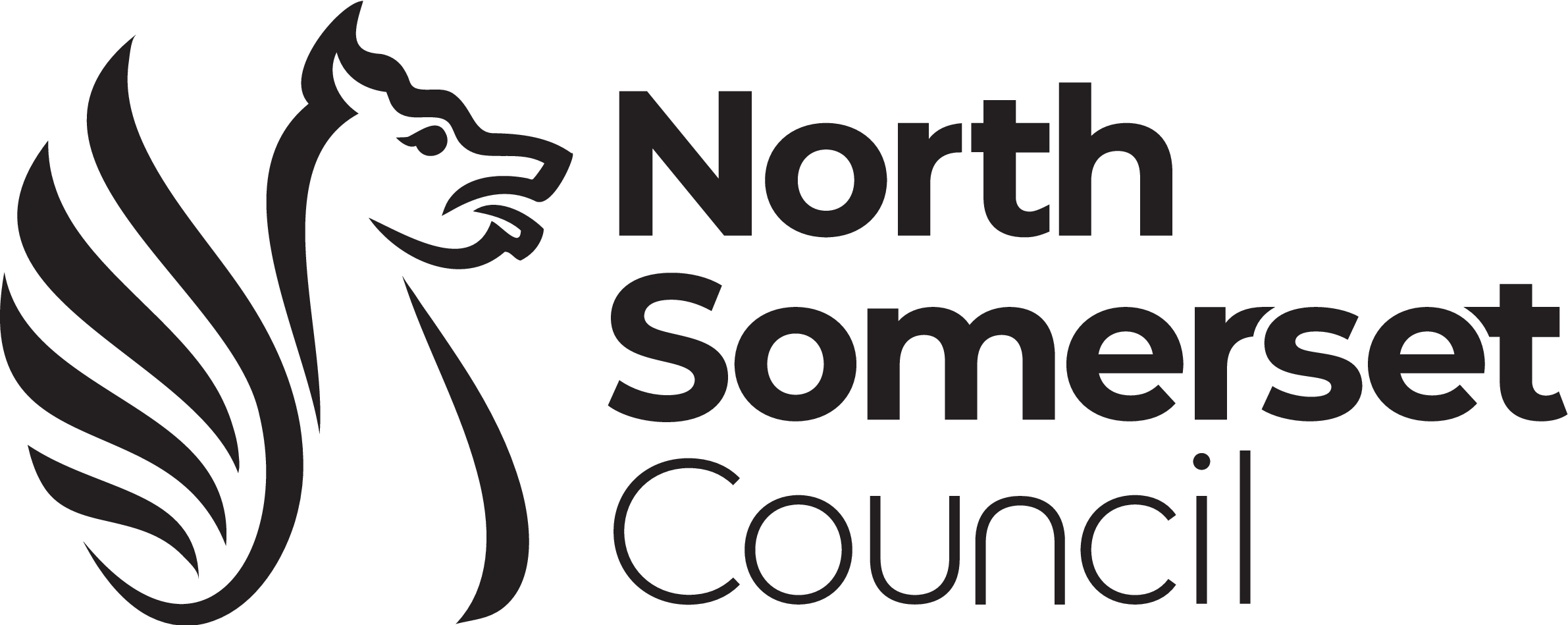About the Local Nature Recovery Toolkit
Many thanks for visiting the Local Nature Recovery Toolkit consultation webpage. The consultation is now closed but you are still able to view the interactive map and the comments made. Survey responses are currently being analysed and a summary report will be published here in due course.
What is the Local Nature Recovery Toolkit?
The Local Nature Recovery Toolkit is a collaborative effort to empower residents and communities within the Mayoral Combined Authority and North Somerset to take action for nature. The Toolkit sets local priorities for nature recovery and maps ‘focus areas’ where action to help nature will have the biggest impact. It will also act as the Local Nature Recovery Strategy for the Mayoral Combined Authority and North Somerset (see 'what is a Local Nature Recovery Strategy?').

The Mayoral Combined Authority has worked with other organisations and partners in the area to agree what should be included in the consultation draft of the Local Nature Recovery Toolkit. Priorities and potential measures were developed with the input of people who know and understand the area, including landowners and managers. This approach was essential to ensuring the proposed measures are ambitious and feasible.
What is a Local Nature Recovery Strategy?
England is widely considered to be one of the most nature-depleted countries in the world following historic and ongoing declines in wildlife. Government has made legally-binding commitments to end these declines and for nature to recover. This is important for nature’s own sake and for all the things that we rely on nature for, like clean water and food production. For nature to recover, targeted, co-ordinated and collaborative action will be required.
Each Local Nature Recovery Strategy (LNRS) will agree priorities for nature recovery and propose actions in locations where they would best help achieve those priorities. The Secretary of State for Environment, Food and Rural Affairs appointed 48 responsible authorities to lead on preparing an LNRS for their area. Together these 48 strategy areas cover the whole of England with no gaps or overlaps.
As well as having a role in the planning system and directing public funding for nature recovery, LNRSs will inform the delivery of ‘nature-based solutions’ for outcomes such as flood management, carbon sequestration and improvements in water quality.
For more information on the role of LNRSs, please refer to the Government's policy paper on Local Nature Recovery Strategies.
Access the Toolkit
The Toolkit comprises a ‘Statement of Biodiversity Priorities’ and the information contained in the Interactive Map.
The Statement of Biodiversity Priorities consists of a description of the state of nature locally, the priorities and potential measures for nature recovery, and a table of priority species. These can all be downloaded using the ‘Statement of Biodiversity Priorities’ dropdown below.
We have also included some information on how the priorities and measures were developed, and some appendices with further information on the state of nature.
